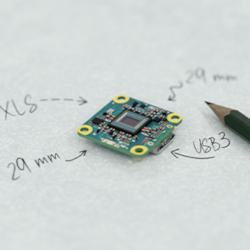New study into new renewable and affordable microgrid using biogas from agriculture farming
The innovations work for both islanded mode and on-grid application, particularly for communities with off-grid/unreliable power-systems. They also work for second life batteries as energy storage solutions.
Renewably powered aeroponic farms can significantly reduce the environmental impact of fresh produce compared to imports, new study finds.
Aeroponic container farms are a new method of farming that use a soilless technique to grow crops in a controlled environment. This method involves suspending the plant roots in a nutrient-rich mist, which helps to optimise crop growth and reduce water usage.
How Recycling Renewable Energy Can Benefit Indoor Farming
Primarily, recyclable renewable energy works with solar panels and indoor farming. It offers multiple benefits for farmers, environmentalists and businesses alike. Here's how recycling renewable energy can benefit indoor farming.
Records 1 to 3 of 3
Featured Product

Particularly small and cost-effective: Market launch of the uEye XLS cameras
Image processing opens up a wide range of possibilities for the automation of modern agriculture - but what to do when only a small budget is available? That is where the uEye XLS comes in. With the launch of these super-small industrial cameras, even price-sensitive applications and volume projects become feasible. Measuring just 29 x 29 x 7 mm, the compact cameras offer excellent imaging characteristics without excessive heat generation, making them a perfect fit for embedded vision applications in agricultural machinery and equipment. The industrial cameras comply with the vision standard and are available with Micro-B connectors and with or without C/CS or S-mount lens holders, further increasing their adaptability to different agricultural environments. Thanks to these features, the cameras offered by IDS Imaging Development Systems lower the barriers to entry and make it easier to explore the potential of vision technology to optimize agricultural processes.




